-
5-minute read
-
1st August 2020
How to Type Fractions in Microsoft Word
Fractions are used in all sorts of writing, from science and math papers to financial reports, and even recipes. But what is the best way to write numeric fractions in Microsoft Word if you want professional results?
In this post, we look at your options, which include:
- Typing fractions as regular text on a single line.
- Using pre-formatted fraction symbols.
- Creating a fraction using the fraction division slash symbol.
- Using the “Equation” tool to create a custom fraction.
We’ll look at how each of these approaches works. Watch the video or read the post below to get started.
Typing Fractions on a Single Line
The simplest way to write fractions in Microsoft Word is to just use a forward slash between the numerator and denominator (i.e., the two numbers that make up a fraction):
Add 2/3 of a cup of buttermilk to the flour mixture.
This will be fine in most cases, especially in less formal writing.
However, some style guides specify using fraction symbols, which tend to look more professional as well. So, what are your options if you want to use pre-formatted fraction symbols in Microsoft Word?
Autoformatting Common Fractions in Microsoft Word
Microsoft Word will automatically format certain fractions (i.e., ¼, ½, ¾) as symbols if you type them in as shown above. For instance, if you type “1/2” in d Microsoft Word document, as long as you have the default autoformatting turned on, it will automatically change to the ½ symbol.
You can turn this feature on or off via the proofing options. To do this:
- Go to File > Options > Proofing (or Word > Preferences in Word for Mac).
- Click AutoCorrect Options and select the AutoFormat As You Type tab (or Authoring and Proofing > AutoCorrect in Word for Mac).
- Check or uncheck the box for fractions under Replace as you type…
- Click OK to save your autocorrect settings.
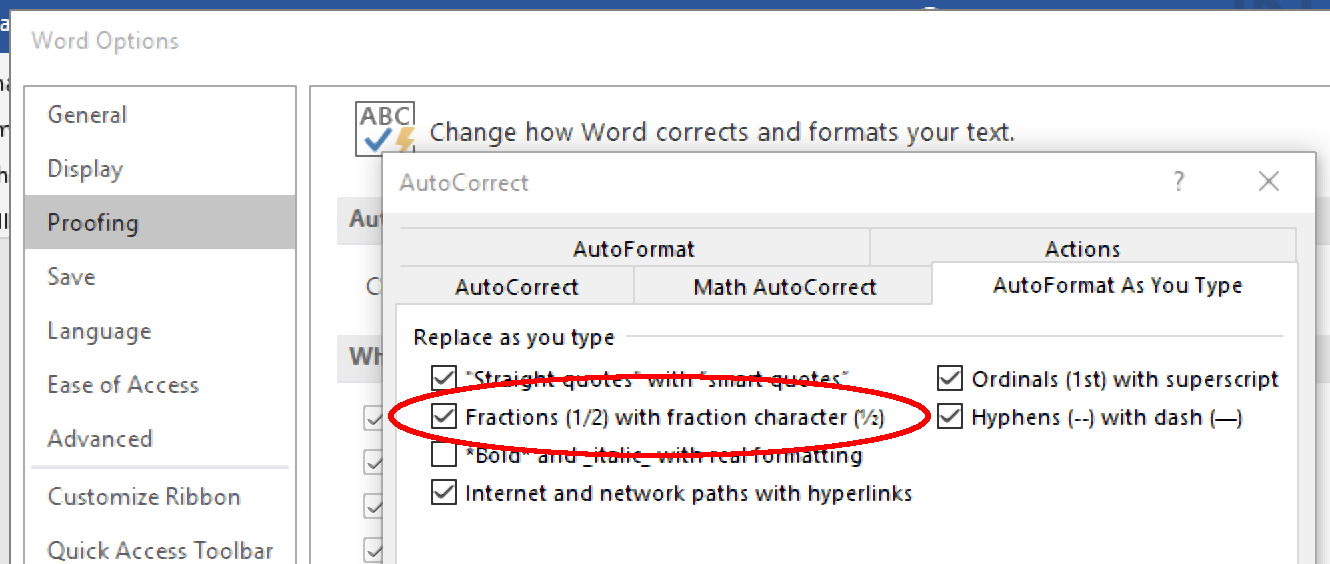
If required, you can even customize autocorrect to use other fraction symbols. We’ll look at how to access these symbols next.
Find this useful?
Subscribe to our newsletter and get writing tips from our editors straight to your inbox.
Subscribe to Beyond the Margins and get your monthly fix of editorial strategy, workflow tips, and real-world examples from content leaders.
Accessing Other Fraction Symbols
Microsoft Word for Windows also has pre-formatted symbols for other fractions (e.g., ⅓, ⅔, ⅛, ⅜, ⅝, ⅞). And to access these, you need to:
- Place your cursor where you want to insert the fraction.
- Go to Insert > Symbol > More Symbols.
- In the Subset menu, choose Number Forms.
- Select the fraction you want to use and click Insert.
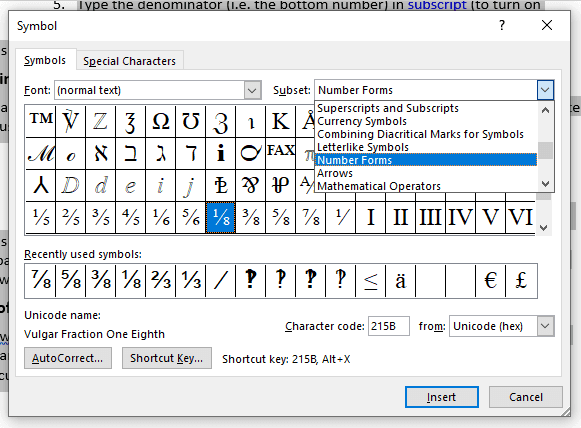
The fraction symbol will then be inserted into the text in the place selected when you close the menu. In addition, the selected symbol will be added to the quick access menu under “Symbols.”
Mac users, meanwhile, can access pre-formatted symbols for other fractions by searching for “fraction” in the character viewer menu.
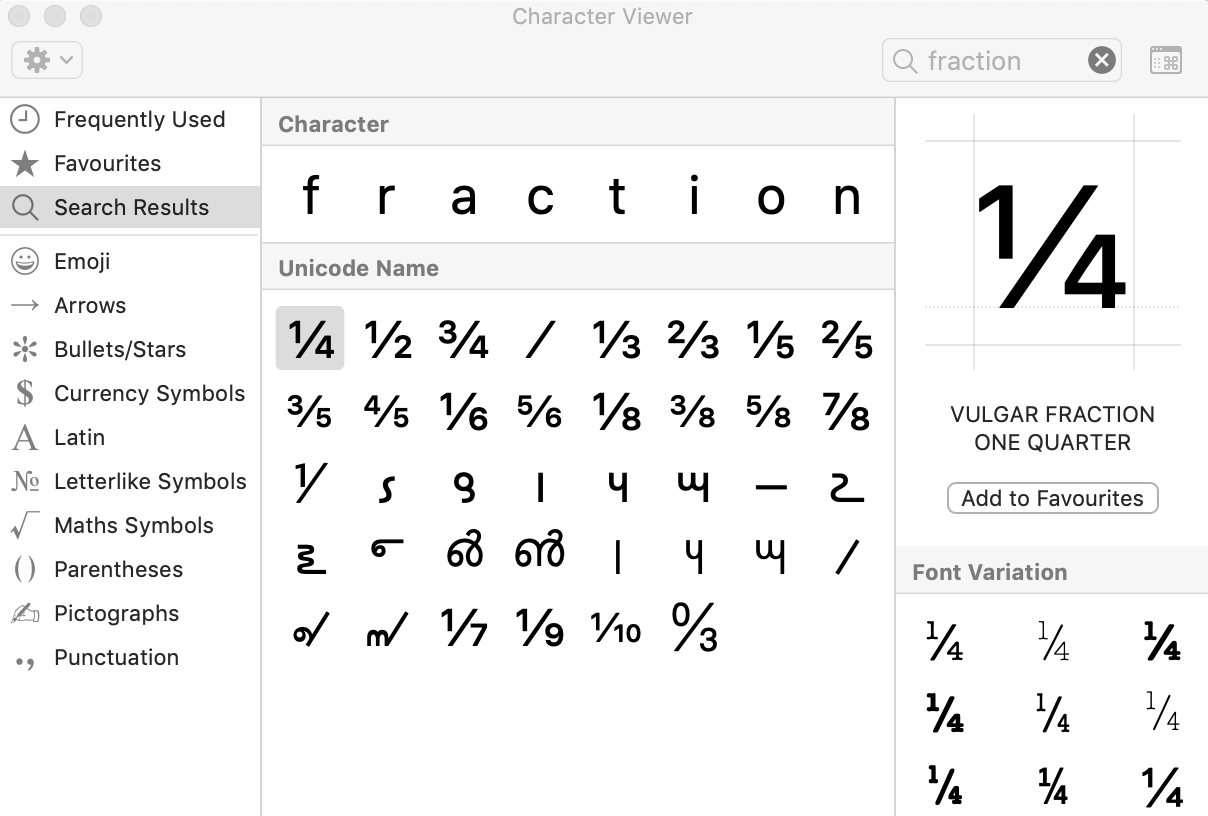
Using the Division Slash to Create Custom Fractions
One way to write custom fractions is to use the division slash ( ∕ ). This is a little different to a regular forward slash, and by formatting the numbers before and after the slash correctly, you end up with a fraction that looks more like the pre-formatted ones above (e.g., 5∕6, 8∕9).
To create a custom fraction like this:
- Place the cursor where you want to insert a fraction.
- Type the numerator (i.e., the top number) in superscript (to turn on superscript, click the X2 button in the Home tab).
- Open the Symbols menu as described above.
- In the Subset menu, choose Number Forms (or Math Symbols in the character viewer on Mac).
- Select the division slash and click Insert to add it your document. Make sure that it is formatted as regular text (not superscript or subscript).
- Type the denominator (i.e., the bottom number) in subscript (to turn on subscript, click the X2 button in the Home tab).
This will give you a numerator∕denominator fraction in the place selected.
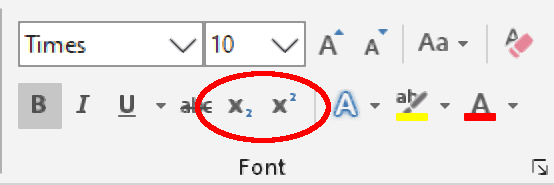
Using the Equation Tool to Add a Fraction
Finally, Microsoft Word also features an “Equation” tool, which includes an option to create a custom fraction. To use this:
- Go to Insert > Equation on the main ribbon.
- Click Equation and select Insert New Equation.
- On the Equation Tools tab, select Fraction and pick a fraction design.
- In the box that appears, add the numerator and denominator.
This is your best option if you’re using a fraction as part of an equation or presenting it separate from the main text in the document. However, equation fields don’t always fit well with surrounding text in other cases.
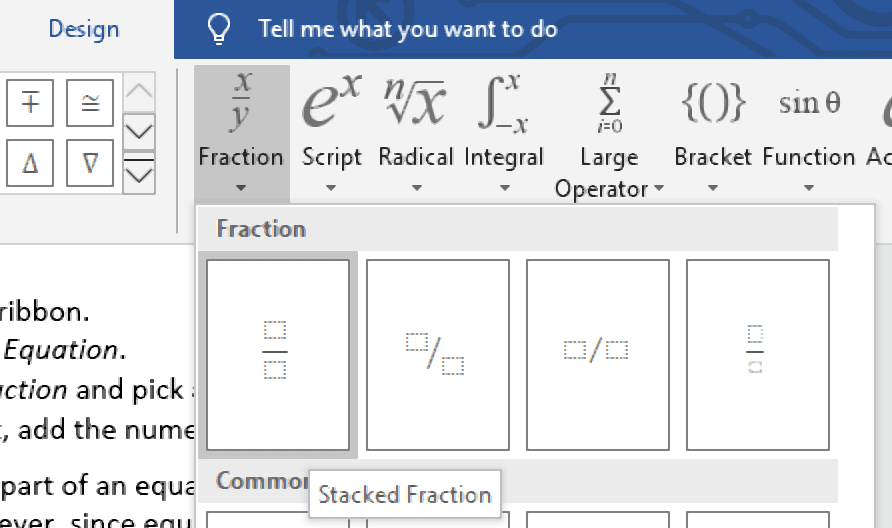
Professional Proofreading Services
However you choose to write fractions in Microsoft Word, you need to make sure they are clear and consistent at all times! And to be extra sure of this, you may want to submit a document to our proofreading services.




